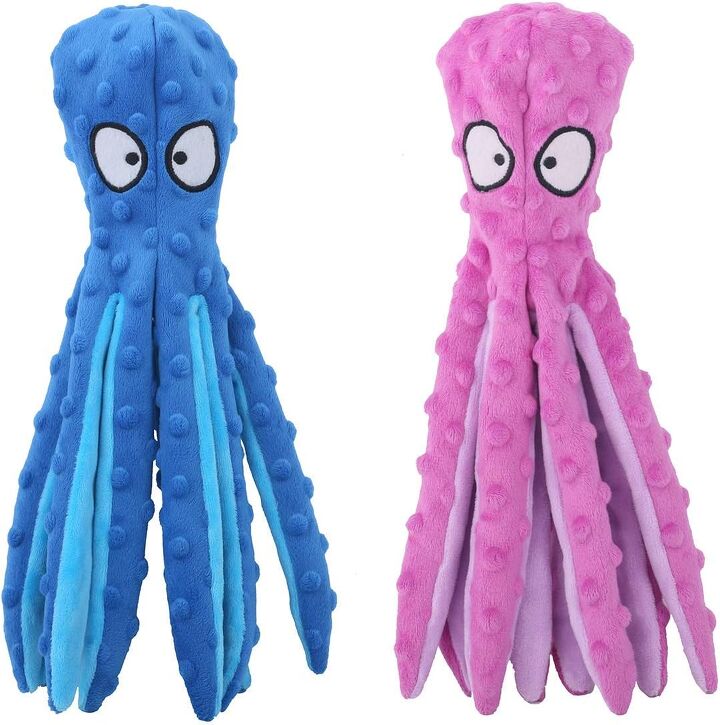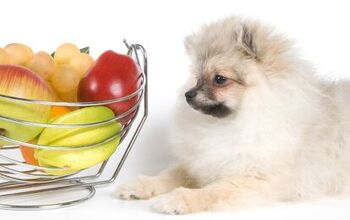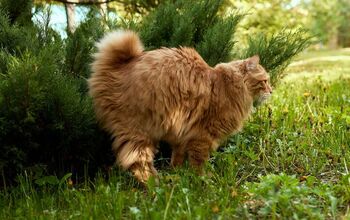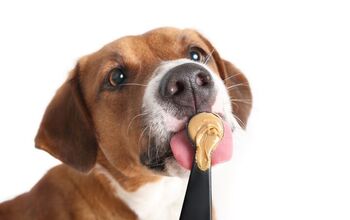What Colors Can Dogs See?

Have you ever wondered how our four-legged friends perceive the world around them? It’s not an unusual question to ask yourself – after all, we’d all love to know what’s going on in our pets’ heads – but the answer could surprise you. One of the most common myths is that dogs can’t see colors whatsoever so most people just assume that they’re colorblind, but that’s not true. Dogs do see the world in colors, but their perception of colors is different than ours.
Knowing this, next time you are in the park, with the green lawns stretching on and on, trees in bloom, and people in colorful clothes – you might be curious which of these shades and hues your pet discerns and if any. So let’s find out more about colors that dogs can see and what it means for their enrichment.
How Do Dogs See Color?
Dogs are believed to be dichromatic, meaning they have two types of color receptors (cones) in their eyes that allow them to perceive a limited range of colors compared to humans, who are trichromatic. The two primary colors that dogs can see are blue-violet and yellow, along with a range of gray shades. They have a reduced ability to perceive colors in the red and green spectrum.
This means that the colors dogs see are likely a variation of blue, yellow, and shades of gray. Colors in the red and green spectrum might appear as different shades of gray to them. For comparison, imagine looking at the world through a red-green color blindness simulator, and you'll get a rough idea of how some colors might appear to dogs. However, it's important to note that the exact perception of colors can vary among individual dogs and breeds.
Dogs can also differentiate between various shades of blue and yellow. Blue colors, especially in the blue-violet range, appear more vibrant to dogs than other colors. Yellow is also distinguishable to them, but other colors, such as red and green, may appear similar to shades of gray. And, as we said, dogs lack the specialized cone cells that are sensitive to red and green wavelengths of light. As a result, these colors are likely perceived as various shades of gray or blue. For example, grass may not appear as lush green to dogs, but more likely as a less vibrant hue. But as a result, they have a good perception of gray tones, which is helpful for their low-light and nighttime vision. White is also distinguishable to them.
The lighting conditions under which a dog views colors can further impact their perception. Bright outdoor light might enhance their ability to distinguish between blue and yellow shades, while dim or indoor lighting may further limit their color discrimination.
In the end, some breeds might have slightly different color perception abilities due to variations in their eye structure and genetics. For example, breeds with more cone cells might have slightly better color discrimination than others.
So, you shouldn’t be surprised to see your pet react to certain colors much better than others. To make everyday things, like toys, more interesting to them, you should go for colors that they can see clearly. These squeaky toys in blue and violet are a great option that could be more entertaining for a pooch that doesn't seem as interested in toys. And you can’t go wrong with an old-school yellow ball, either! As this is one of the main colors they see, there is no surprise doggos love them – and easily spot them in the grass when playing fetch.
Don’t forget, however, that while dogs' color vision is limited compared to humans, their other senses, particularly their sense of smell and hearing, are much more developed. Dogs rely on their superior sense of smell to gather information about their environment and other animals, making up for their relatively restricted color vision.

A proud mama to seven dogs and ten cats, Angela spends her days writing for her fellow pet parents and pampering her furballs, all of whom are rescues. When she's not gushing over her adorable cats or playing with her dogs, she can be found curled up with a good fantasy book.
More by Angela Vuckovic

























